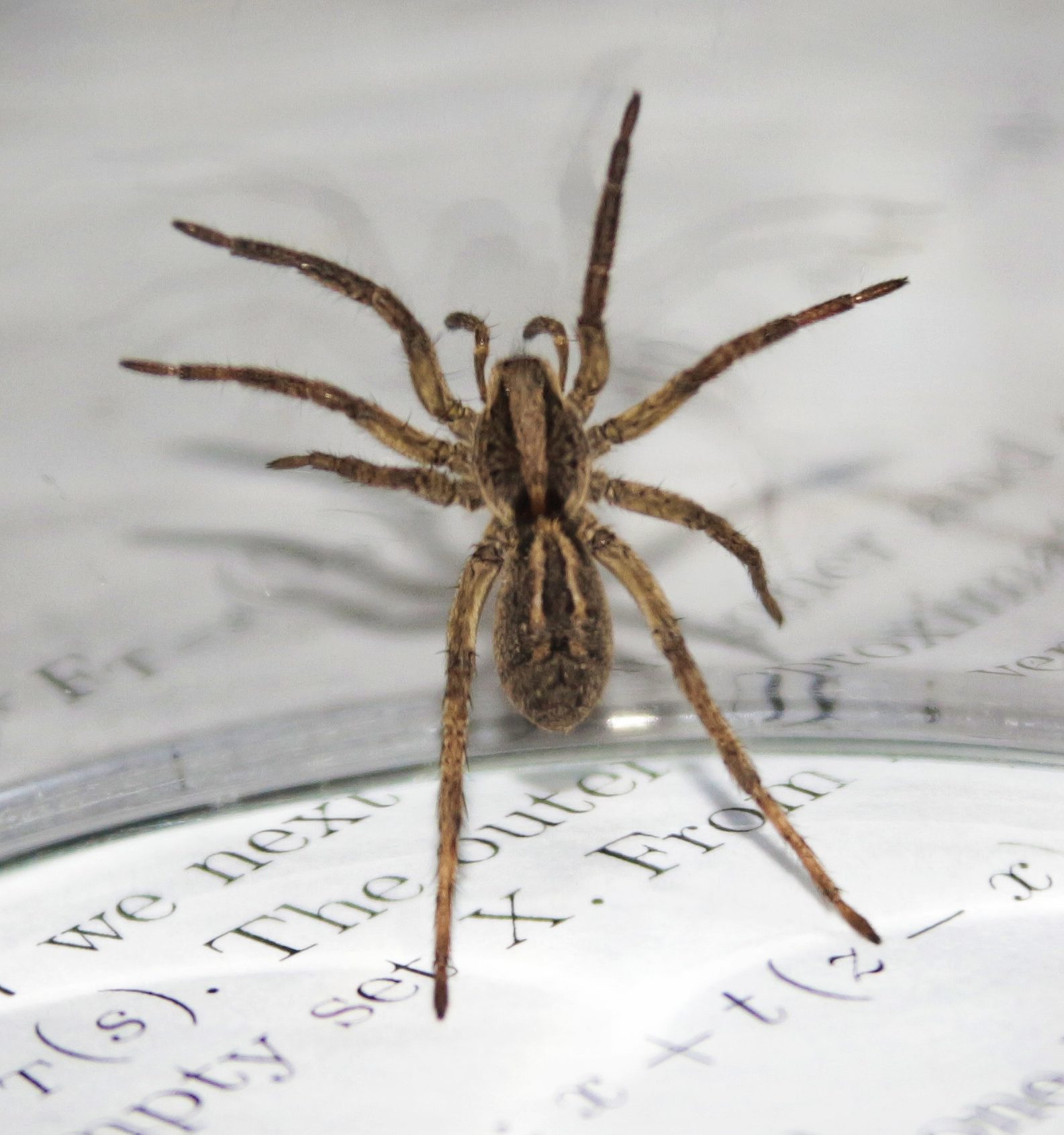
Comments & ID Thoughts
Hello everybody: so I am submitting my first spider picture (hurra!) and I would appreciate any help you can give me to identify it. It was taken in San Jose, Chile (near Cajon del Maipo and Santiago) inside the house in a gated community at the foot of some hills where they are excavating and building up many condominiums. I am pretty sure it is a Lycosidae (Wolf-spider) but I have no idea as to the genus or the species.
I have about 40 pictures of spiders I have taken in 4 different continents and I will begin submitting them to get your help and learn more about them. Thanks very much for any feedback you can give me!
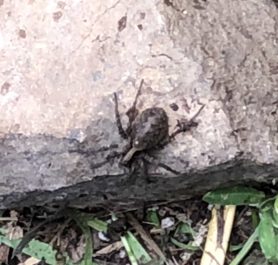
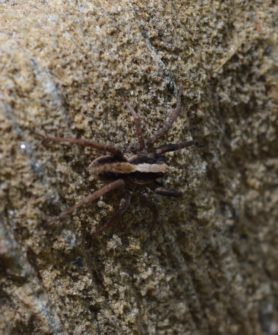
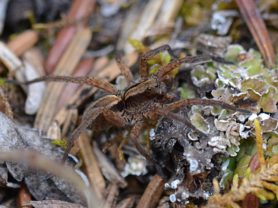
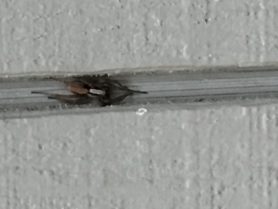
Alopecosa michaelseni is an option for Chile but I can’t tell if it’s actually a match. There’s a photo of one in “Dupérré & Harms, 2018” but it’s of a preserved specimen, so it’s quite discolored.
Lycosidae? which Genus? Which Species? Thanks!
Genus placement is tentative.
Thanks, ItsyBitsy! I thought of Alopecosa, but wasn’t sure, since most Alopecosa seem to be in the Northern hemisphere. I see the one you mention is from the southern hemisphere 🙂 The only thing is that the white pattern on mine forks before reaching the end of the abdomen, and most Alpecosa seem to have an oblong pattern that closes at the end, the two lines coming together. I also thought it could be Tigrosa, but those are almost exclusively in the Northern Hemisphere and Tigrosa seems darker and hairier. Thanks so much for identifying my spider 🙂 By the… Read more »
Wolf Spiders (Lycosidae) want to be outdoors so if you keep seeing these there’s likely a gap in the house somewhere they’re wandering in through and maybe some other bugs in the area they’re preying on. You can reduce the number of spiders you find inside by sealing cracks around floors, doors, windows, foundation ect., vacuum everywhere and empty the canister outside. If I were to put some indoor spiders outside they wouldn’t do well because they’re not well adapted to the winter weather, I don’t know if that matters as much in a warmer climate.